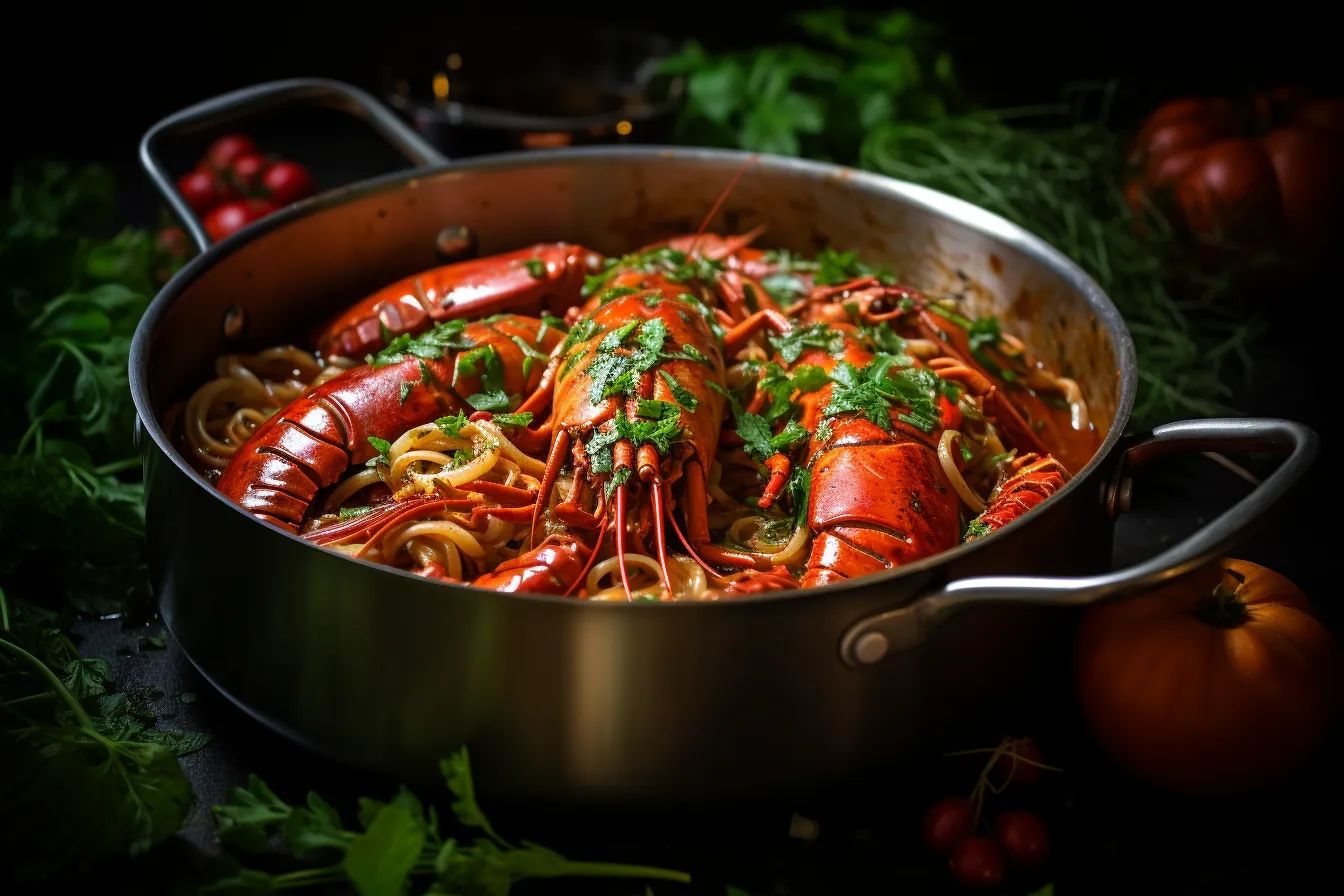Introduction
Indulging in a lobster and pasta recipe feels like treating yourself to a luxurious dinner at a fine dining restaurant. With its rich, buttery lobster paired with perfectly cooked pasta, this dish strikes the perfect balance of elegance and comfort. If you’ve ever wondered how to create this restaurant quality meal at home, you’re in for a treat.
This recipe is not only delicious but surprisingly achievable, even for beginner cooks. Whether you’re preparing a romantic date night dinner or impressing guests at a special gathering, lobster and pasta offer the sophistication and decadence that elevate any occasion.
From the creamy or garlicky sauces that coat the pasta to the sweet, tender lobster meat, this dish showcases the best of land and sea. And the beauty of this recipe is its adaptability. Want a tomato based sauce instead of cream? You can make that switch effortlessly. Prefer linguine over fettuccine? It’s entirely up to you.
In this guide, we’ll walk you through the ingredients, preparation tips, and serving suggestions to create the ultimate lobster and pasta recipe. Along the way, you’ll learn helpful tips to avoid overcooking the lobster, create a perfectly balanced sauce, and select the ideal pasta shape for this dish.
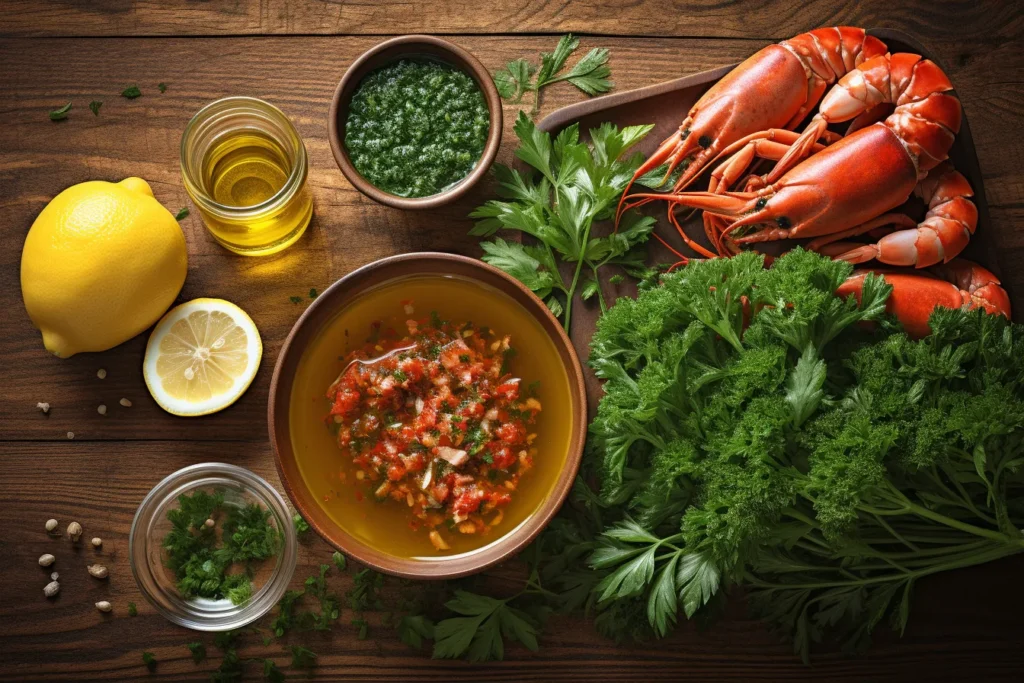
History and Origins
The combination of lobster and pasta reflects the artistry of Mediterranean and Italian-American cuisine. Lobster, once a cheap staple for colonial America’s poor, has evolved into a luxurious ingredient. Its tender meat became a highlight of fine dining, often paired with pasta for balance and simplicity.
In Italy, seafood pasta dishes like lobster linguine or spaghetti alle aragoste are cherished in coastal regions. Southern areas like Amalfi and Sicily favor fresh shellfish with olive oil, garlic, and tomatoes. These flavors showcase the essence of Mediterranean cooking.
Italian-American versions added rich sauces, like cream or butter, to suit local tastes. These adaptations maintained the dish’s elegance while enhancing its indulgence.
Today, lobster and pasta represent luxury and celebration. From creamy Alfredo-style dishes to light tomato-based options, it offers endless room for creativity. This dish remains a favorite for special occasions worldwide.
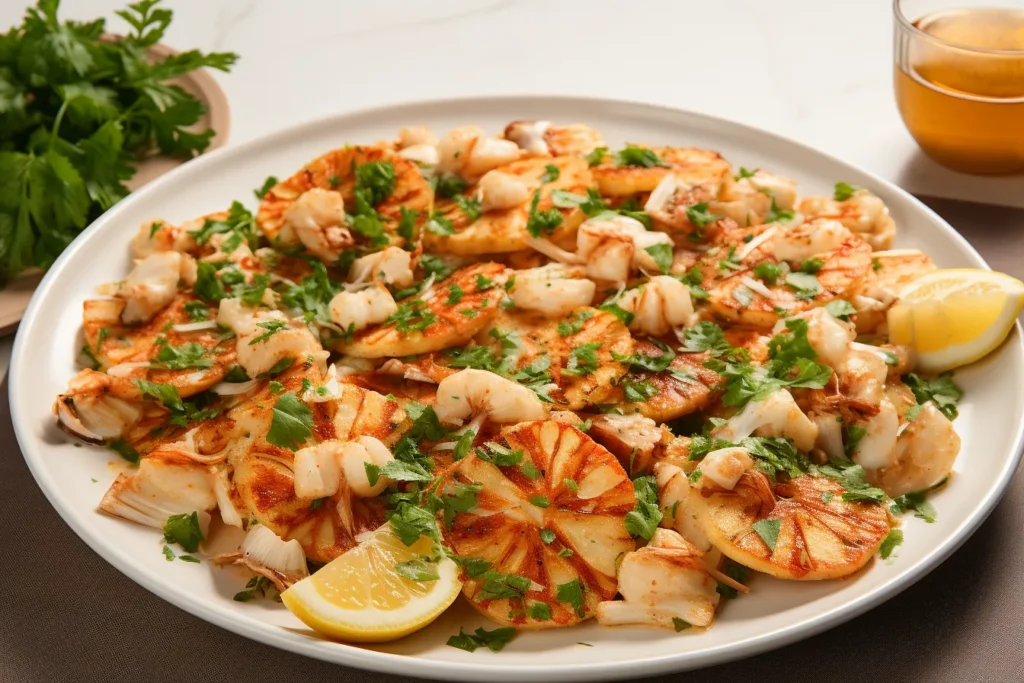
Ingredients for the Perfect Lobster and Pasta Recipe
Creating a delicious lobster and pasta recipe starts with fresh, high-quality ingredients. Each component plays an important role, so choosing the right ones makes all the difference. Below, we’ll walk you through the essential and optional ingredients while offering tips and substitutions to suit different preferences.
Essential Ingredients for Lobster and Pasta
- Fresh Lobster:
- Sweet, tender lobster meat is the star of this dish. Fresh or frozen lobster tails work well, but fresh lobster provides the best flavor.
- Tip: Pre-cooked lobster meat is a time saving alternative without sacrificing taste.
- Perfect Pasta Pairings:
- Long pasta like linguine, spaghetti, or fettuccine pairs beautifully with the buttery lobster sauce. For a lighter twist, angel hair pasta also works.
- Tip: Cook the pasta al dente so it can absorb the sauce perfectly.
- Butter and Olive Oil:
- These are essential for sautéing the lobster and creating the base of the sauce. Use unsalted butter to manage the seasoning better.
- Garlic and Shallots:
- These fragrant ingredients add depth and a savory touch to the recipe. Always use fresh garlic for maximum flavor.
- Rich Sauce Options:
- Decide between a creamy sauce with heavy cream for indulgence or a tomato-based sauce for a lighter, tangy option.
- A Splash of White Wine:
- White wine enhances the sauce with subtle acidity and complexity. Dry wines like Sauvignon Blanc or Pinot Grigio are best.
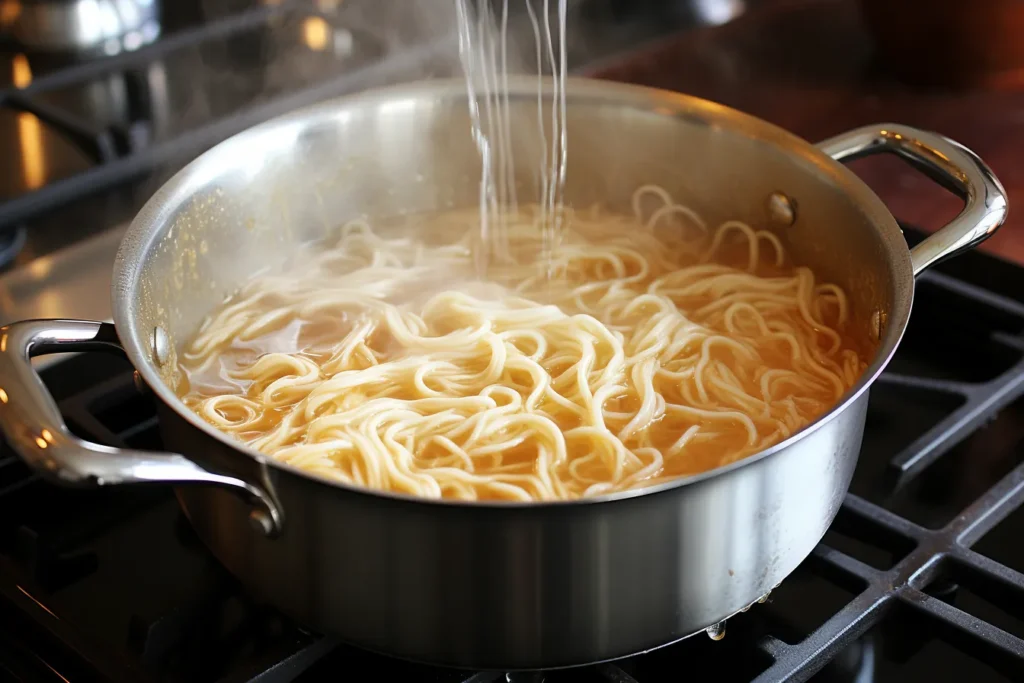
Optional Ingredients for Added Flavor
- Parmesan Cheese:
- Sprinkle grated Parmesan over creamy sauces for a savory, nutty flavor.
- Red Pepper Flakes:
- Add a dash of spice to balance the dish’s richness.
- Fresh Herbs:
- Garnish with parsley, thyme, or basil to brighten the flavors.
- Lemon Zest or Juice:
- A touch of citrus cuts through the richness and complements the lobster beautifully.
Substitutions for Dietary Preferences
- Gluten-Free Pasta:
- Swap regular pasta with gluten-free options made from rice, quinoa, or chickpeas.
- Dairy-Free Sauce:
- Replace heavy cream with coconut milk or cashew cream for a dairy-free alternative.
- Low-Carb Noodles:
- Zucchini noodles or spaghetti squash are excellent for a lighter version of this dish.
By combining the freshest ingredients with thoughtful substitutions, you’ll create a lobster and pasta recipe that suits any occasion. Each ingredient, from the tender lobster to the perfectly paired pasta, contributes to a dish that is both flavorful and unforgettable.
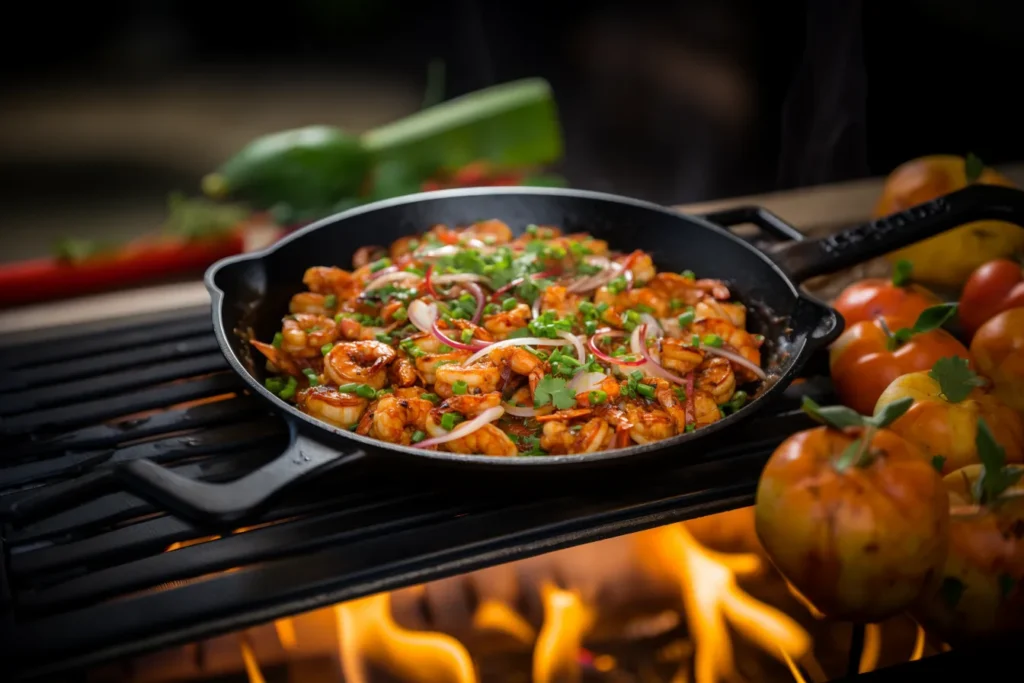
Preparation Steps for Lobster and Pasta Recipe
Now that you have all your ingredients ready, it’s time to bring this lobster and pasta recipe to life. Follow these easy steps to ensure your dish turns out perfectly every time. Transition words are used throughout to guide you smoothly through the process.
Prepare the Lobster
- If using whole lobsters:
- Bring a large pot of salted water to a boil. Add the lobsters and cook for 8–10 minutes, or until the shells turn bright red. Once cooked, remove them and let them cool slightly.
- Crack open the shells and remove the meat carefully. Set the meat aside, and don’t forget to save the shells for making lobster stock if desired.
- For lobster tails:
- Use scissors to cut along the shell’s top to expose the meat. Carefully pull the meat out while keeping it attached at the tail end. Season the meat lightly with salt and pepper.
Cook the Pasta
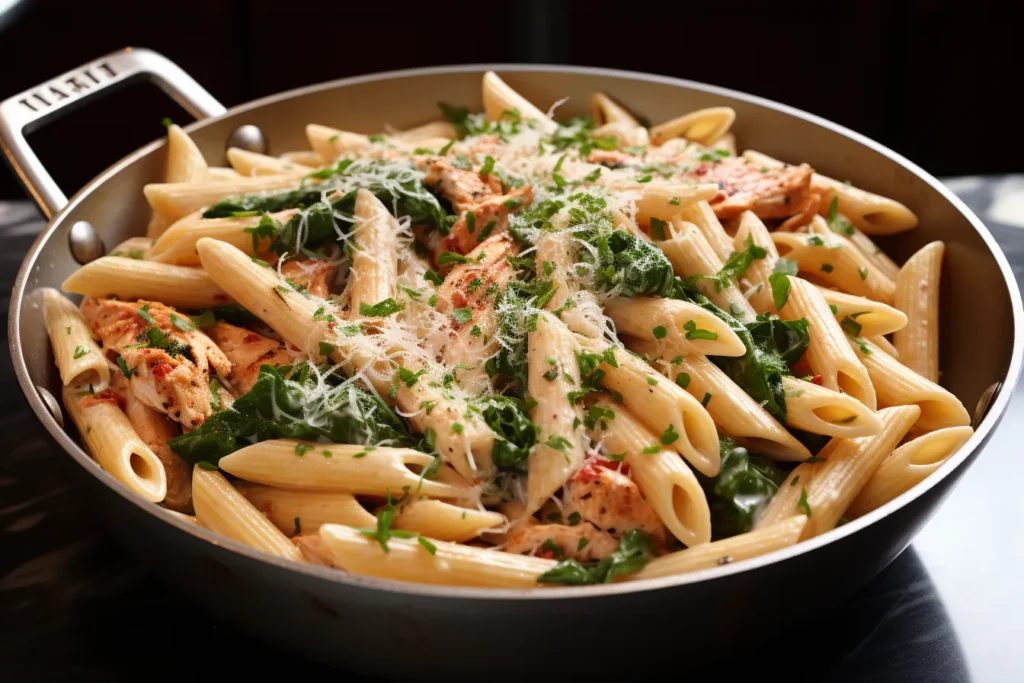
- Bring another large pot of salted water to a boil. Add your chosen pasta and cook until al dente, usually 1–2 minutes less than the package instructions.
- Tip: Reserve one cup of pasta water before draining, as it helps thicken the sauce later.
- Once cooked, drain the pasta and toss it with a small drizzle of olive oil to prevent sticking. Set it aside.
Make the Sauce
- Heat a large skillet over medium heat. Add 2 tablespoons of olive oil and 2 tablespoons of butter.
- Once the butter melts, add minced garlic and finely chopped shallots. Sauté for 2–3 minutes, or until fragrant and slightly softened.
- Deglaze the pan with a splash of white wine, scraping up any browned bits. Let it simmer for 2–3 minutes to reduce slightly.
- Depending on your preference:
- For a creamy sauce: Add 1 cup of heavy cream and bring it to a gentle simmer. Stir in Parmesan cheese for extra richness.
- For a lighter tomato-based sauce: Add 1 cup of crushed tomatoes and season with salt, pepper, and a pinch of red pepper flakes.
Cook the Lobster Meat
- Add the lobster meat to the skillet and cook for 2–3 minutes, spooning the sauce over it to coat evenly. Be careful not to overcook the lobster, as it can become rubbery.
- If the sauce thickens too much, stir in a splash of reserved pasta water to adjust the consistency.
Combine and Serve
- Add the cooked pasta to the skillet with the sauce and lobster. Toss gently to combine, ensuring every strand of pasta is coated in the sauce.
- Taste the dish and adjust seasoning with more salt, pepper, or a squeeze of fresh lemon juice.
Final Touches
- Garnish with chopped parsley or basil for a pop of color.
- Sprinkle freshly grated Parmesan cheese on top if desired.
- Serve immediately with a slice of crusty bread and a side salad for a complete meal.
By following these steps, you’ll achieve a perfectly cooked lobster and pasta recipe every time. With its fragrant aroma, tender lobster, and flavorful sauce, this dish will surely impress anyone at the table.
Cooking and Serving Lobster and Pasta
Once your lobster and pasta recipe is prepared, it’s time to focus on cooking it to perfection and presenting it beautifully. These final steps ensure that your dish is both flavorful and visually stunning.
Cooking Tips for Lobster and Pasta
- Timing is Everything:
- Lobster meat cooks quickly, so be sure to add it near the end of the process to avoid overcooking. Its texture should be tender, not rubbery.
- Sauce Consistency:
- A good sauce should cling to the pasta without being too heavy. If it’s too thick, add a splash of pasta water. If it’s too thin, simmer it a little longer.
- Balancing Flavors:
- Taste your dish before serving and adjust the seasoning. A small pinch of salt or a dash of lemon juice can make all the difference.
Plating Your Lobster and Pasta Recipe
Presentation is key to making this dish feel special. Here’s how to plate it like a pro:
- Use tongs to twirl a portion of pasta onto the center of each plate.
- Arrange pieces of lobster meat on top of the pasta for a dramatic presentation.
- Drizzle extra sauce around the plate for a professional touch.
- Garnish with freshly chopped parsley or basil and a sprinkle of Parmesan cheese.
What to Serve with Lobster and Pasta
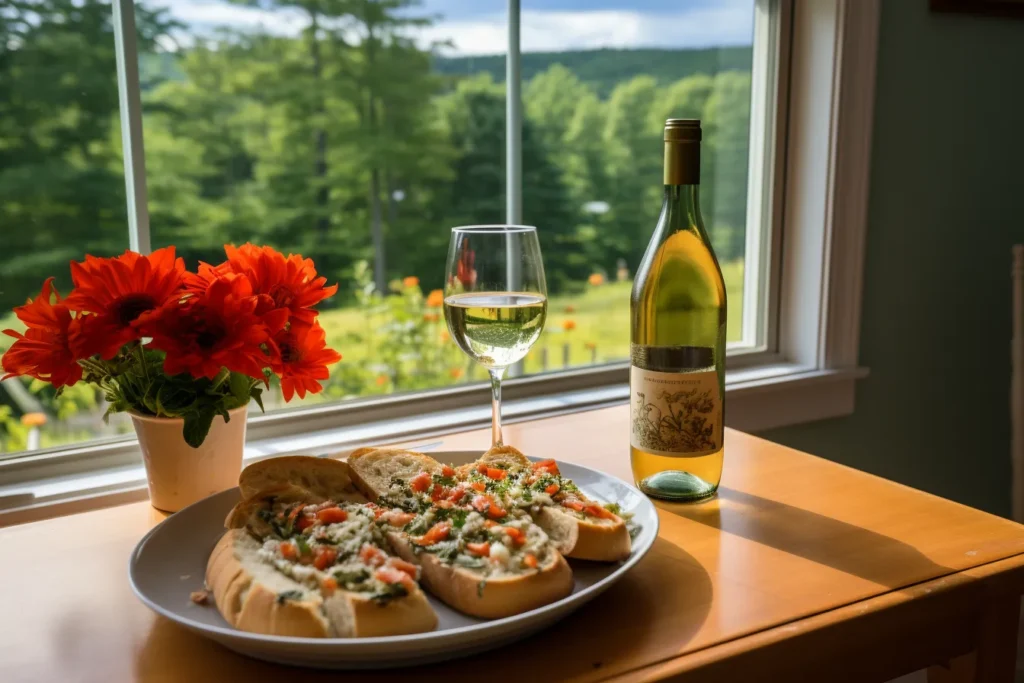
- Side Dishes:
- A fresh green salad with a light vinaigrette is an excellent contrast to the richness of the dish.
- Garlic bread or a warm baguette is perfect for soaking up any leftover sauce.
- Wine Pairings:
- A crisp white wine, such as Sauvignon Blanc or Chardonnay, complements the lobster’s sweetness and the pasta’s richness.
- For a tomato-based sauce, try a light red wine like Pinot Noir.
- Optional Additions:
- Serve steamed asparagus or roasted cherry tomatoes for extra color and flavor.
By following these cooking and serving tips, you’ll elevate your lobster and pasta recipe into a gourmet dining experience. Whether for a romantic dinner or a family celebration, this dish is sure to impress.
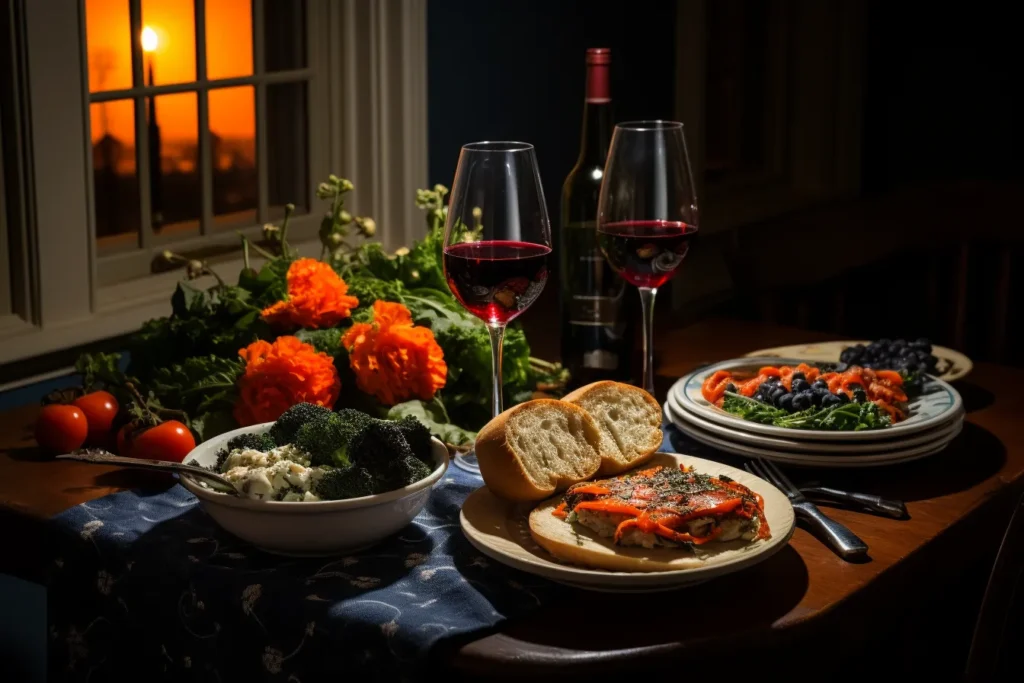
Variations and Customizations
One of the best aspects of a lobster and pasta recipe is its versatility. With a few tweaks, you can adapt the dish to suit different preferences, occasions, or dietary needs. Below are several variations and creative ideas to try.
Regional Variations of Lobster and Pasta
- Mediterranean Style:
- Swap the cream sauce for a tomato-based one made with crushed tomatoes, olives, and capers. This lighter version is packed with bold, savory flavors.
- Use linguine or spaghetti for an authentic Mediterranean feel.
- Asian-Inspired Fusion:
- Replace the pasta with rice noodles and toss the lobster in a ginger-soy glaze. Add sesame oil and green onions for a fusion twist.
- New England Style:
- Use a creamy sauce infused with a hint of Old Bay seasoning or a touch of lobster bisque for a regional flair.
Dietary Customizations
- Gluten-Free Lobster Pasta:
- Use gluten-free pasta alternatives, such as chickpea or rice pasta. These hold up well to the sauce while being suitable for gluten-free diets.
- Low-Carb Version:
- Substitute the pasta with spiralized zucchini or spaghetti squash. This lighter option pairs well with both creamy and tomato-based sauces.
- Vegan Option (Without Lobster):
- Replace lobster with marinated hearts of palm or artichoke hearts to mimic the texture of seafood. Use a dairy-free cream sauce for a vegan twist.
Flavor Enhancements
- Add Truffle Oil:
- A drizzle of truffle oil over the finished dish elevates the flavor and adds a gourmet touch.
- Spice It Up:
- Incorporate crushed red pepper flakes or cayenne for a spicy kick.
- Herb Upgrades:
- Use fresh dill or tarragon in addition to parsley for a more aromatic finish.
These variations ensure that your lobster and pasta recipe is never boring. Whether you’re exploring global flavors or catering to dietary needs, this dish adapts beautifully to any style.
Serving Suggestions for Lobster and Pasta Recipe
The presentation and pairing of your lobster and pasta recipe can turn a delicious dish into an unforgettable dining experience. Here are some creative serving ideas, side dishes, and beverage pairings to enhance your meal.
Plating Tips for Lobster and Pasta
- Elevate the Presentation:
- Use wide, shallow plates to showcase the pasta and lobster. Twirl the pasta neatly with tongs and position the lobster pieces prominently on top.
- Drizzle a small amount of sauce around the edges for a professional finish.
- Add Garnishes:
- Sprinkle freshly chopped parsley, grated Parmesan cheese, or a pinch of red pepper flakes for color and flavor.
- Add a slice of lemon on the side for a touch of freshness.
- Individual Portions:
- For a dinner party, consider serving the pasta in individual bowls with equal portions of lobster meat.
Perfect Side Dishes
- Fresh Green Salad:
- A light salad with arugula, mixed greens, or spinach pairs beautifully. Toss it with a lemon vinaigrette for a zesty complement to the dish.
- Garlic Bread or Focaccia:
- Serve warm, crusty bread for soaking up every bit of the flavorful sauce.
- Seasonal Vegetables:
- Steamed asparagus, roasted broccoli, or sautéed spinach are excellent options to add a healthy touch.
Beverage Pairings
- Wine:
- A crisp, dry white wine such as Sauvignon Blanc, Pinot Grigio, or a lightly oaked Chardonnay enhances the dish’s buttery richness.
- If you prefer red wine, a light-bodied Pinot Noir or Beaujolais works well with a tomato-based sauce.
- Cocktails:
- A classic martini or a citrusy cocktail like a lemon spritz can add a refreshing twist.
- Non-Alcoholic Options:
- Sparkling water with a splash of lemon or a light herbal iced tea complements the flavors without overpowering them.
By focusing on thoughtful plating, complementary sides, and ideal beverages, your lobster and pasta recipe will feel like a complete gourmet meal. Whether you’re hosting a dinner party or enjoying a quiet night in, these serving suggestions will make your dish shine.
Nutritional Analysis of Lobster and Pasta Recipe
While this lobster and pasta recipe is a decadent treat, it also provides several nutritional benefits. Lobster is a lean source of protein, rich in essential vitamins and minerals, while pasta offers a comforting source of carbohydrates for energy. Below, we’ll provide a detailed nutritional breakdown along with some tips to make this dish even healthier.
Nutritional Benefits
- Lobster:
- High in lean protein, which helps build and repair tissues.
- Rich in omega-3 fatty acids, promoting heart and brain health.
- Contains essential minerals like zinc, selenium, and phosphorus, which support immune function and bone health.
- Pasta:
- Provides complex carbohydrates for sustained energy.
- Enriched varieties often include added vitamins like iron and folic acid.
- Garlic and Olive Oil:
- Garlic has anti-inflammatory and antioxidant properties.
- Olive oil contributes heart-healthy monounsaturated fats.
- Optional Ingredients (Cream, Parmesan):
- Cream and Parmesan add richness but can also increase calorie and fat content. Moderation is key.
Nutritional Table (Per Serving)
| Nutrient | Amount (Approx.) | % Daily Value* |
|---|---|---|
| Calories | 650-750 kcal | 33-38% |
| Protein | 35 g | 70% |
| Total Fat | 30 g | 38% |
| Saturated Fat | 15 g | 75% |
| Carbohydrates | 50 g | 18% |
| Fiber | 3 g | 12% |
| Sodium | 700 mg | 30% |
| Vitamin A | 15% | |
| Calcium | 20% | |
| Iron | 15% |
*Values are approximate and may vary based on portion sizes and specific ingredients used.
Tips for a Healthier Version
- Swap Heavy Cream:
- Use a lighter option like evaporated milk or Greek yogurt to reduce fat and calorie content.
- Choose Whole-Grain Pasta:
- Whole-grain pasta adds more fiber, which aids digestion and helps you feel full longer.
- Control Portion Sizes:
- Serving smaller portions of pasta and adding more vegetables to the dish can make it lighter and more balanced.
With its balance of protein, carbs, and healthy fats, this lobster and pasta recipe can be both indulgent and nutritious. By making a few simple adjustments, you can tailor it to suit your dietary goals without sacrificing flavor.

